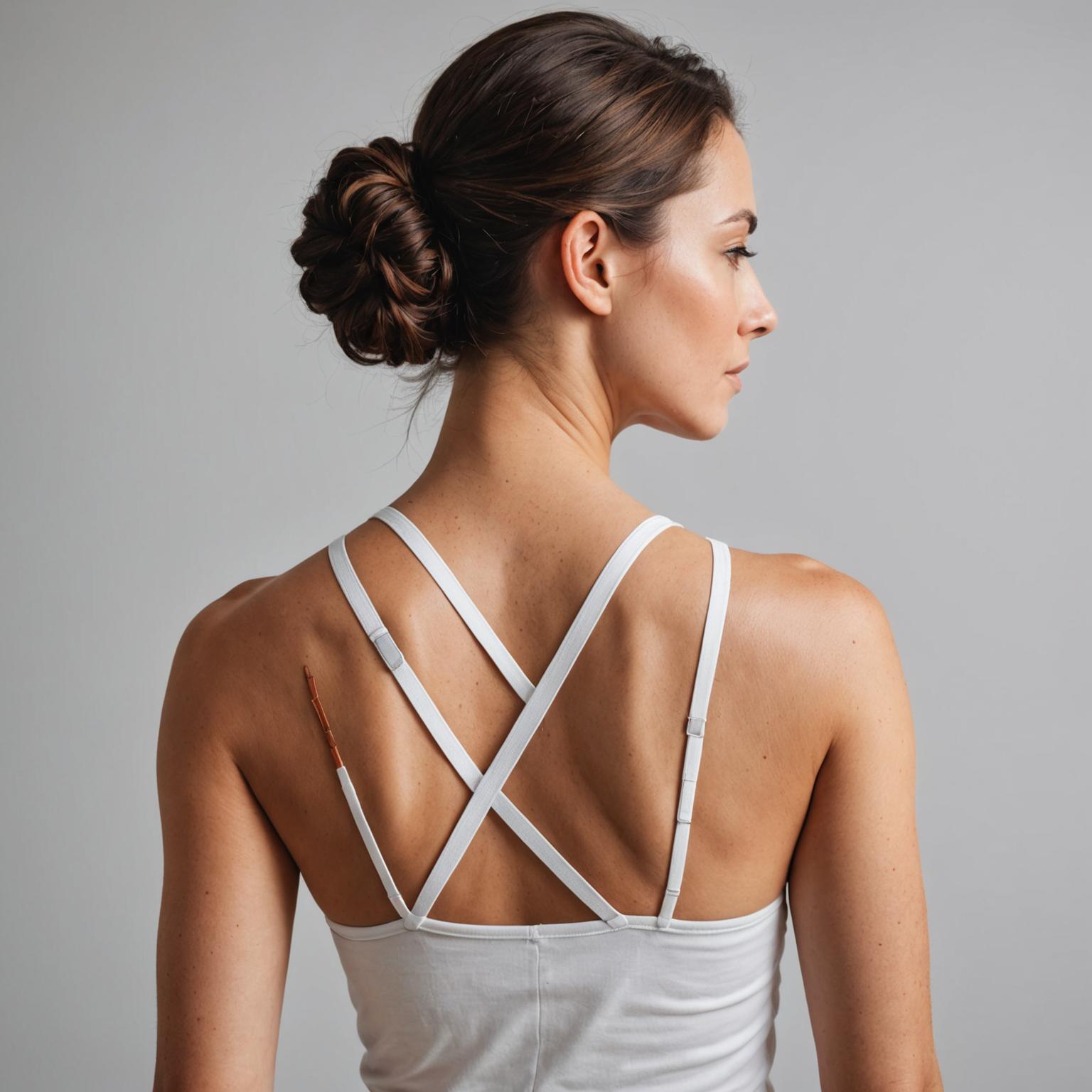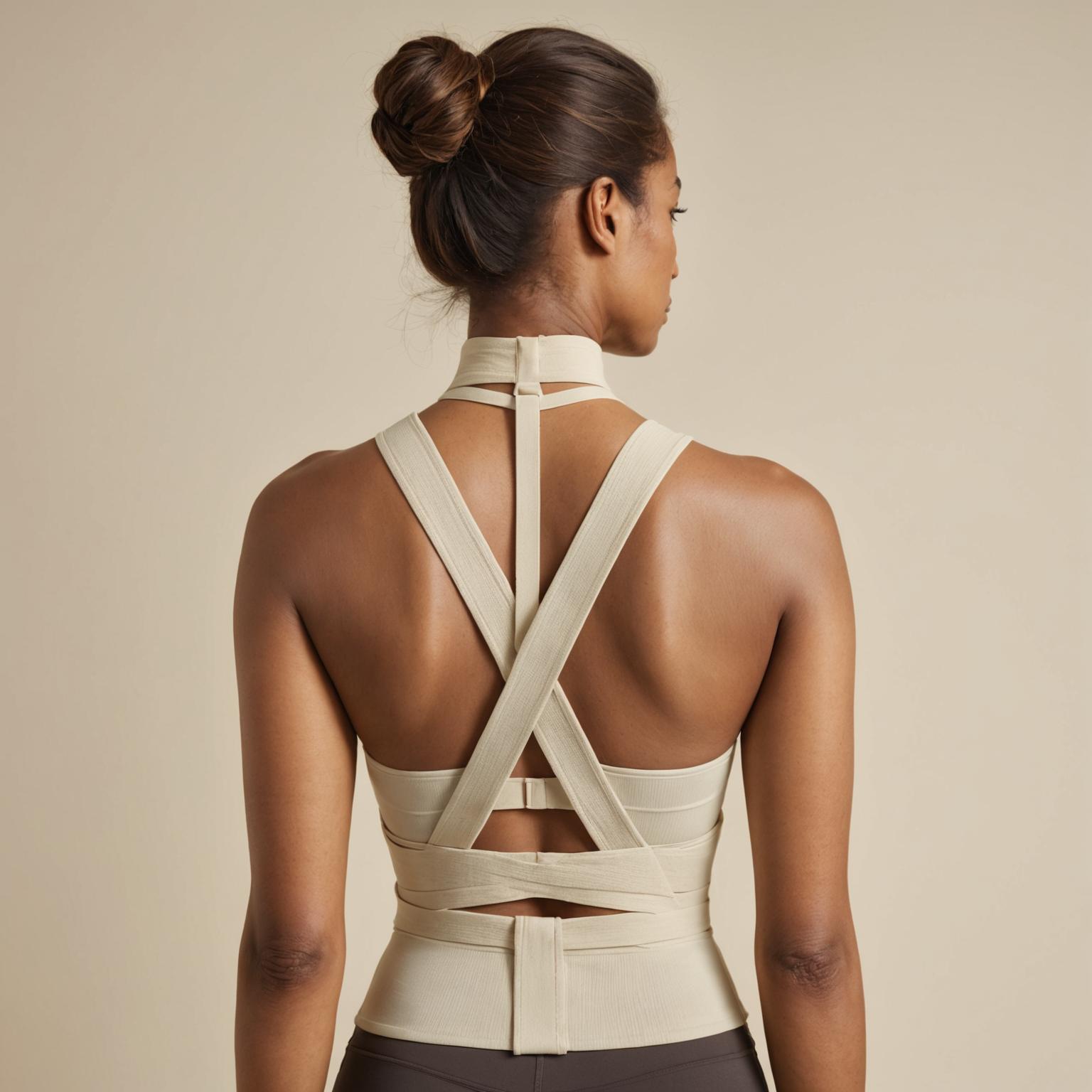Understanding the Comfort of a Heat Patch
A heat patch is a wonderfully convenient and effective tool designed to deliver targeted warmth to specific areas of the body, offering relief from various types of discomfort. These items have become increasingly popular for their ease of use and portability, providing a simple way to harness the therapeutic benefits of heat therapy without the need for cumbersome hot water bottles or heating pads that require an external power source. Whether you're dealing with a stiff neck after a long day at work, muscle soreness from a new workout routine, or the dull ache of menstrual cramps, a well-chosen warming aid can provide soothing warmth that helps you get on with your day more comfortably. They are generally designed for single use, adhering to the skin or clothing to provide a steady, controlled temperature for several hours.
The Therapeutic Benefits of Targeted Warmth
The application of heat, known as thermotherapy, has long been recognized for its positive effects on the body. When warmth is applied, it helps to dilate blood vessels in the targeted area. This increased blood flow delivers more oxygen and nutrients to the tissues, which can aid in the healing process and help to flush out pain-inducing metabolic waste products. One of the primary benefits is muscle relaxation; heat helps to ease muscle tightness and spasms, reducing stiffness and improving flexibility. This makes heating patches particularly useful for chronic muscle pain, backaches, and joint stiffness. Furthermore, for many individuals, the sensation of warmth itself is inherently comforting and can help to reduce the perception of pain, offering both physical and psychological relief from persistent aches.
The Science Behind How Warming Patches Generate Heat
The mechanism by which warming patches produce their comforting heat can vary, but many common disposable versions utilize a fascinating chemical reaction. These are often air-activated devices. Once removed from their airtight packaging and exposed to oxygen in the air, a mixture of ingredients, typically including iron powder, activated charcoal, salt, and vermiculite, undergoes an exothermic oxidation process. Essentially, the iron filings "rust" very quickly in a controlled manner, releasing heat. The other components help to regulate the reaction, ensuring the device heats up gradually and maintains a consistent, therapeutic temperature for an extended period, often several hours. This clever design allows for a portable and self-contained heating solution that starts working within minutes of application.
Navigating the Variety of Heating Patches Available
The market offers a diverse array of warming products, catering to different needs and preferences. You can find devices specifically contoured for various body parts, such as the neck and shoulders, lower back, or abdomen for menstrual pain relief, ensuring optimal contact and comfort. Some are designed to adhere directly to the skin, while others are intended to be stuck to the inside of clothing to prevent direct contact, which can be preferable for those with sensitive skin. They also vary in size and the duration of heat they provide. From small, discreet options perfect for on-the-go relief to larger ones designed to cover broader areas of pain, understanding the different types of heating patches can help you select the most suitable option for your specific discomfort and lifestyle.
Guidelines for Safe and Effective Heat Patch Application
To maximize the benefits and minimize any potential risks associated with using a heat patch, it's crucial to follow proper application guidelines. Always ensure your skin is clean, dry, and free from lotions or creams before applying an adhesive type. Never apply a warming device to broken, irritated, or damaged skin. Carefully read the manufacturer's instructions regarding the recommended duration of use, as leaving it on for too long can potentially lead to skin irritation or, in rare cases, burns, especially if the heat is too intense or if your skin is particularly sensitive. It's advisable to check the skin underneath the product periodically for any signs of redness or irritation. If you have conditions like diabetes, poor circulation, rheumatoid arthritis, or are pregnant, it's essential to consult with your doctor before using these warming aids.
Knowing When to Use (And When to Avoid) Heat Therapy
Warming applications are generally most effective for relieving chronic muscle pain, stiffness, and aches where there is no acute inflammation or swelling. They are excellent for soothing sore muscles from overexertion (after the initial 24-48 hours if there was swelling), alleviating menstrual cramps, and easing the discomfort of conditions like osteoarthritis once inflammation is under control. Heat can also be beneficial for warming up muscles before physical activity to prevent injury. However, it's important to know when heat is not the appropriate treatment. Avoid using a thermal patch on an acute injury, such as a recent sprain or strain where swelling is present, as heat can worsen inflammation in these cases. For such injuries, cold therapy is typically recommended for the first 24-48 hours. Also, do not use these on areas with infection, open wounds, or during an acute flare-up of inflammatory conditions without medical advice.
Embracing Warmth for Enhanced Well-being
In conclusion, the humble heat patch stands out as a convenient, accessible, and effective solution for managing many common types of muscular aches and discomfort. Offering targeted, controlled warmth, these beneficial items can significantly improve comfort levels, aid muscle relaxation, and promote better blood flow to affected areas. By understanding the different types available, how they work, and the guidelines for safe usage, individuals can confidently incorporate heating patches into their self-care routines. Whether you need to soothe a tired back, ease menstrual discomfort, or simply unwind with comforting warmth, such a warming aid can be a valuable ally in your pursuit of daily well-being and pain relief.



